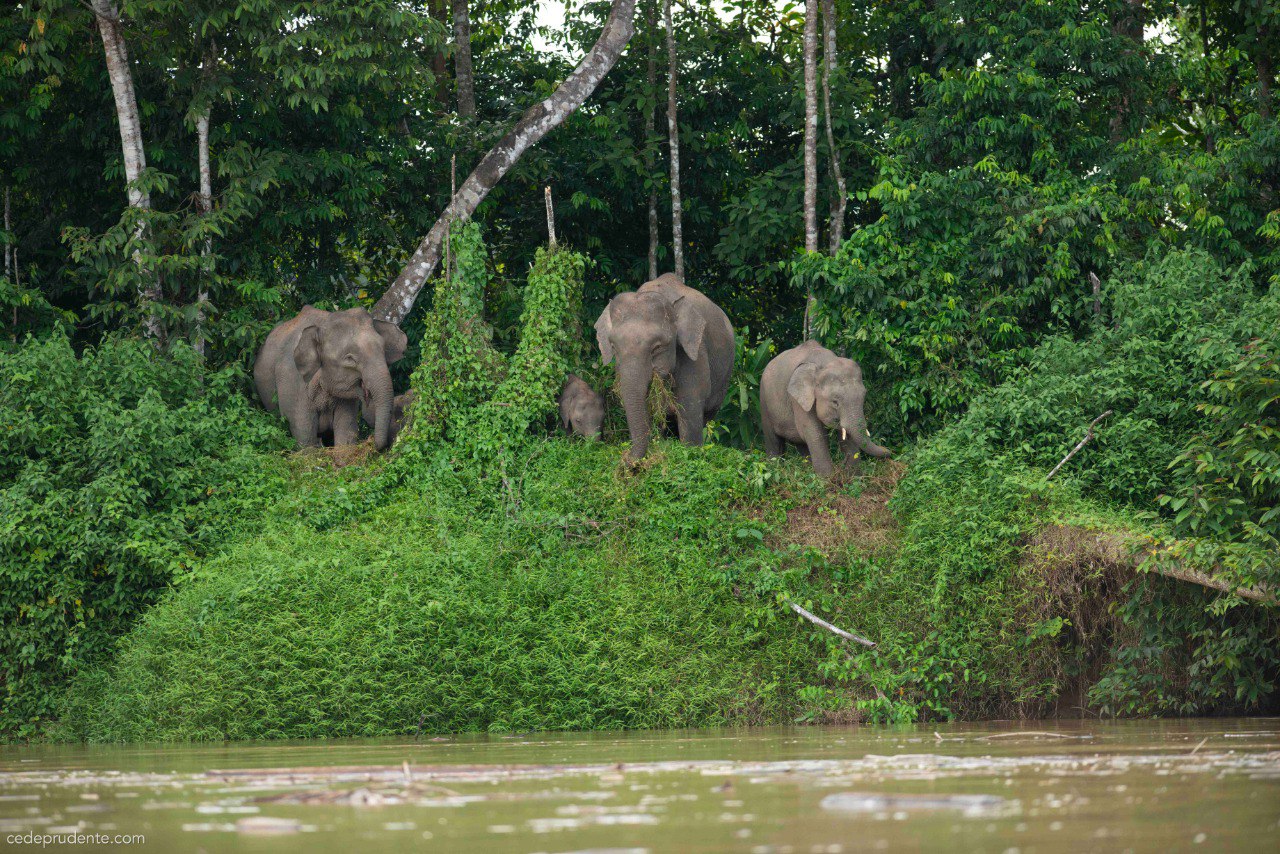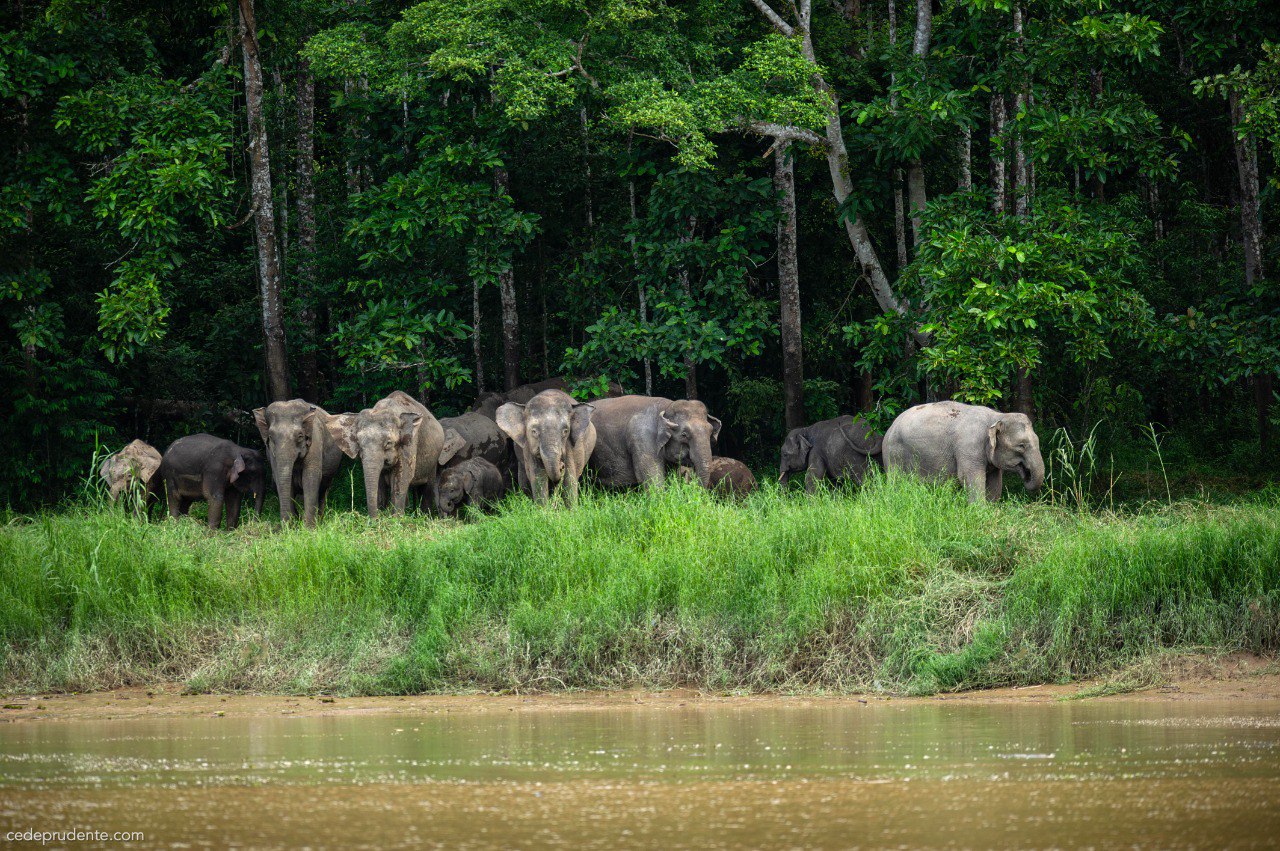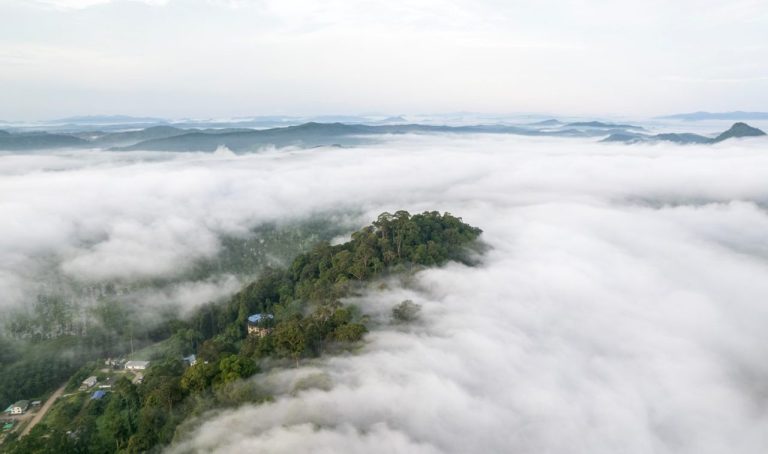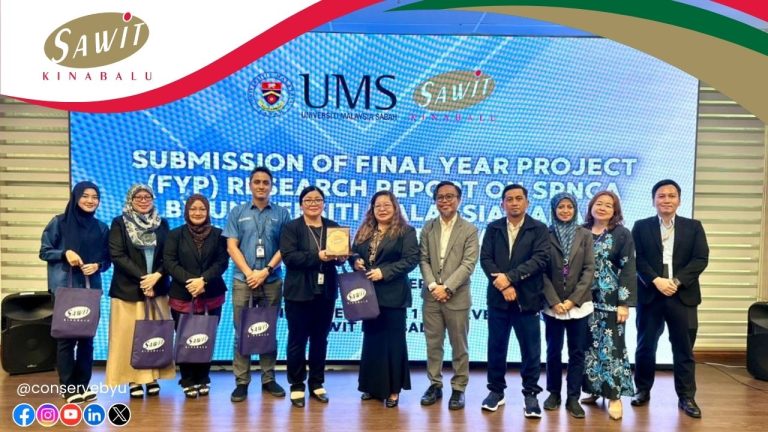By: Naziah Nawawie – August, 10 2023
Borneo offers a degree of biodiversity unmatched anywhere else on the earth and is home to the oldest rainforest in the world. Despite being extensively damaged by deforestation over the previous 50 years, the distinct habitats and extensive lowland forests provide individual and isolated homes for species that are not found anywhere else on Earth. The island is home to about 100 species that are unique to Borneo, including proboscis monkeys, orangutans, and pygmy elephants.
Bornean Pygmy Elephant is one of the well-known residents of Kinabatangan, which also includes the Bornean Orangutan, Proboscis Monkey, Estuarine Crocodile, and Rhinoceros Hornbill. Despite having Asian elephants as their ancestors, they are nevertheless rather distinct. The Borneo subspecies of elephants are known as pygmy elephants because of their small stature, large ears, long tails, and kind demeanour.
The area that lies along the Kinabatangan River is where you may find the majority of Borneo elephants. Some live in the nearby dipterocarp forest, while others are housed at the Tabin Wildlife Reserve. Although this area experiences a lot of rain throughout the year, the dryest months are typically June through September. Orangutans can be viewed in the wild at this time period as well. It is also probably one of the top locations in the state to see the magnificent animal. Elephants can occasionally be spotted swimming over rivers; however, they are typically observed foraging on the riverbank in the late afternoon.
The Borneo Elephant Sanctuary (BES) programme was established in Sabah to provide for the basic needs of endangered elephants. It was created and is specifically suited for sick or helpless elephants that have been hurt in instances involving humans and elephants. The sanctuary is situated in the about 12-square-kilometre-large Kinabatangan Wildlife Sanctuary.

Less than 1500 Borneo Pygmy Elephants remain in the wild today. Therefore, the work done at the BES is essential to their continued existence as a species. The logging in their habitats, which is reducing the space they live in and separating them from vital food sources, is having an impact on these elephants. Borneo Conservation Trust launched the first phase of the BES project on October 1, 2012.
With RM20 million on hand, the Sabah state government authorised a ten-year strategy in 2020 called the Elephant Action Strategy 2020-2029 to conserve Bornean elephants. The major goal is to put an end to these recurring conflicts by safeguarding and enabling these elephants to roam freely, as well as by assuring best practices in the management and ex-situ conservation of elephant research, monitoring, and trend analysis. It is an attempt to safeguard the state’s remaining population.
The ultimate purpose of this plan is to secure the future of these elephants by focusing on conservation strategy. It does more than just save these elephants and establish a safe haven for them to roam; it also educates the local population about elephants and the larger picture of the conflict.
Currently, the Borneo elephant is in danger of being extinct. There is always hope for this gentle giant because of all the aggressive measures being taken by the government and NGOs to protect this island’s natural beauty.






